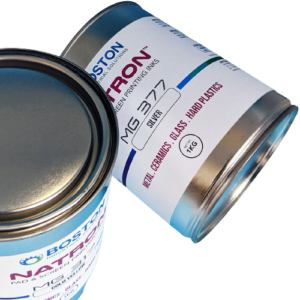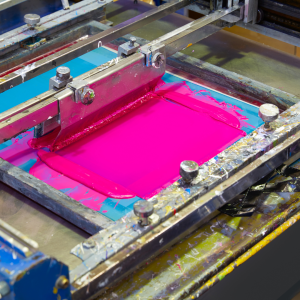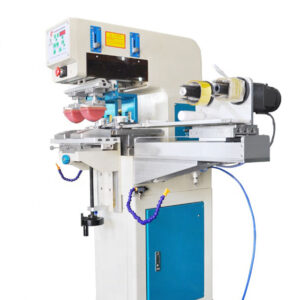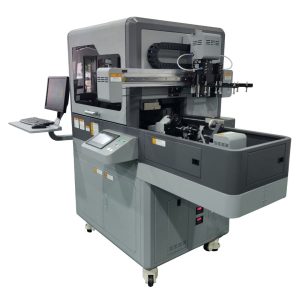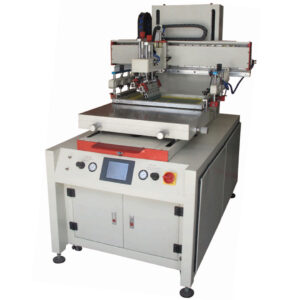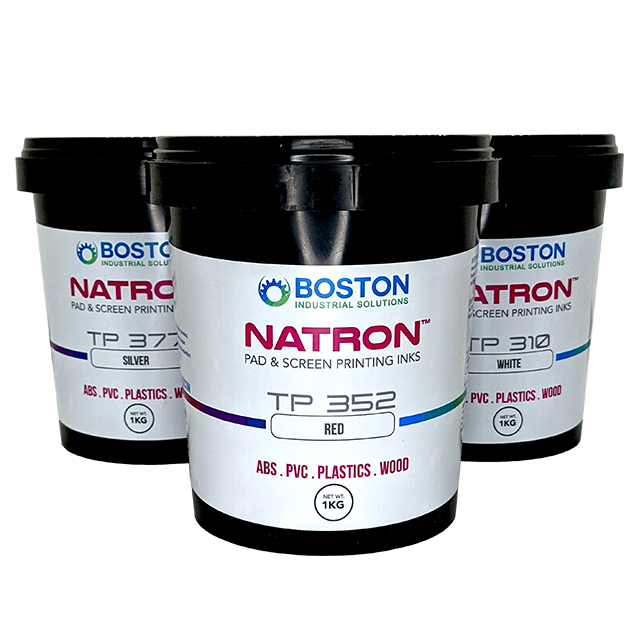Pad Printing Polypropylene
Pad printing polypropylene (PP) is challenging because this material has a low surface energy and is not sensitive to solvents. These characteristics make it impossible for pad printing inks to “bite” into the substrate. There are two types of inks for printing polypropylene-based parts: solvent-based pad printing inks and UV-based printing inks. In this article, we present tips that can help decorators overcome ink adhesion on polypropylene. The solutions here are also applicable to other plastics.
What is Polypropylene?
Polypropylene (PP) is a thermoplastic “addition polymer” made from the combination of propylene monomers. There are many applications for this thermoplastic polymer, including packaging, medical components, garden furniture, electrical housing parts, automotive parts, and more. Some of the key advantages of PP are its light weight and lack of friction. The friction-less capability makes it ideal for moving parts. While the light weight makes it perfect because it does not add weight to molded products.
Another advantage of polypropylene is its ability to resist solvent. This make is the perfect material for caps and closures. There are many more applications for polypropylene such as fabrics, special devices like living hinges etc.
How do you print on polypropylene?
There are three ways of printing on this unique plastic material.
- Polypropylene pad printing—for fine detail and multicolor registration.
- Screen printing on polypropylene is best for single, large images on flat or cylindrical parts. Additionally, this printing method offers very opaque images.
- Lastly, digital inkjet printing on polypropylene is economical and provides a limitless number of colors for plastic parts. Learn more about our industrial UV inkjet ink and UV inkjet primers.
In this article, we are focusing on pad printing, although pre-treatment techniques are applicable to the other two printing methods.
Ink for pad printing polypropylene
Polypropylene has many benefits for manufacturers and consumers. However, this material is difficult to get ink to stick to due to the low surface energy characteristics of this substrate. The best polypropylene pad printing ink is one that prints and permanently sticks to this material after proper curing. This type of ink should pass the rub, tape, and scratch tests.
There are several inks on the market today that claim perfect adhesion to polypropylene without pre-treatment—this is a false claim. These inks will pass the rub test but fail the scratch or tape adhesion tests. Therefore, to get good ink adhesion on polypropylene plastics, you must use a pre-treatment solution. We will discuss these below.
Lastly, the best pad printing ink for polypropylene is the Natron TP Series all-purpose pad printing ink. The next best is the one-component EK Series ink for printing plastics. These two inks feature very high gloss, opacity, and perfect adhesion to this substrate.
Pad printing polypropylene Pre-treatment methods
To print on polypropelene, this substrate must be pre-treated for long-lasting prints. Pre-treatment methods include primers, flame, corona, plasma, and reactive gas technology. Learn more about the Natron Polypropylene Primer (PP Primer). You might also be interested in the article What is polypropylene primer
Failure to cure
From testing and research, we are 100% sure that the TP series and EK series are the best inks for pad printing on polypropylene plastics. Prior to printing, the substrate must be pretreated. Additionally, it is important to make sure that the surface of the product is not contaminated by oils or finger prints. This affects pad printing ink adhesion.
Lastly, remember to properly cure the product. After 24 to 48 hours of printing, both the TP and EK series produce excellent results without heat curing. The ink print is permanent and will withstand tape, rub, and abrasion testing. Introducing heat and adding pad printing hardener will make the inks withstand alkali and commercial dishwasher testing. Failure to properly cure the printed product will result in poor ink adhesion.
In case you are not sure what type of a plastic you are dealing with, we have a free lab to test your product and make a recommendation for the best ink to use. In cases there is no good solution, we can formulate a custom ink for your specific application.


